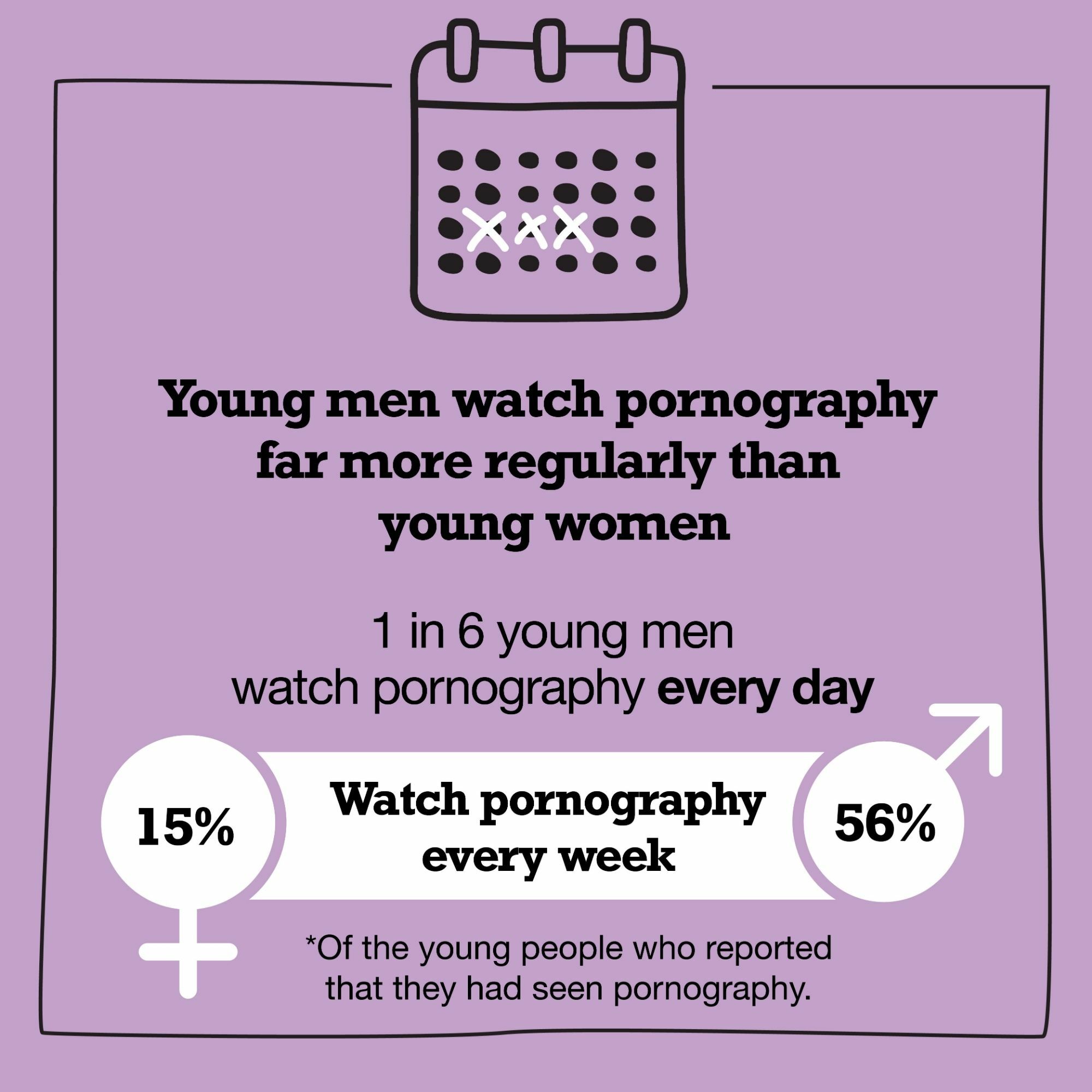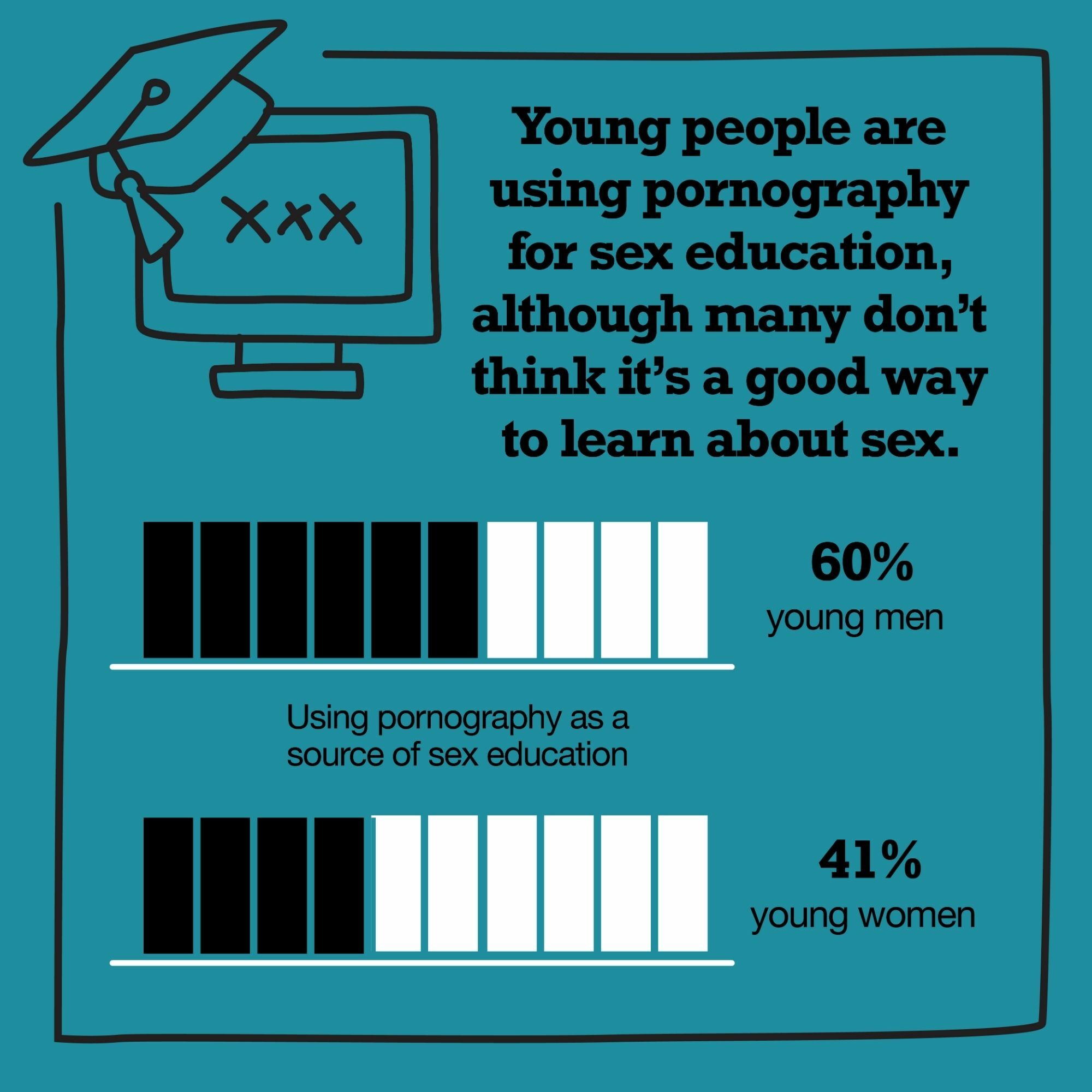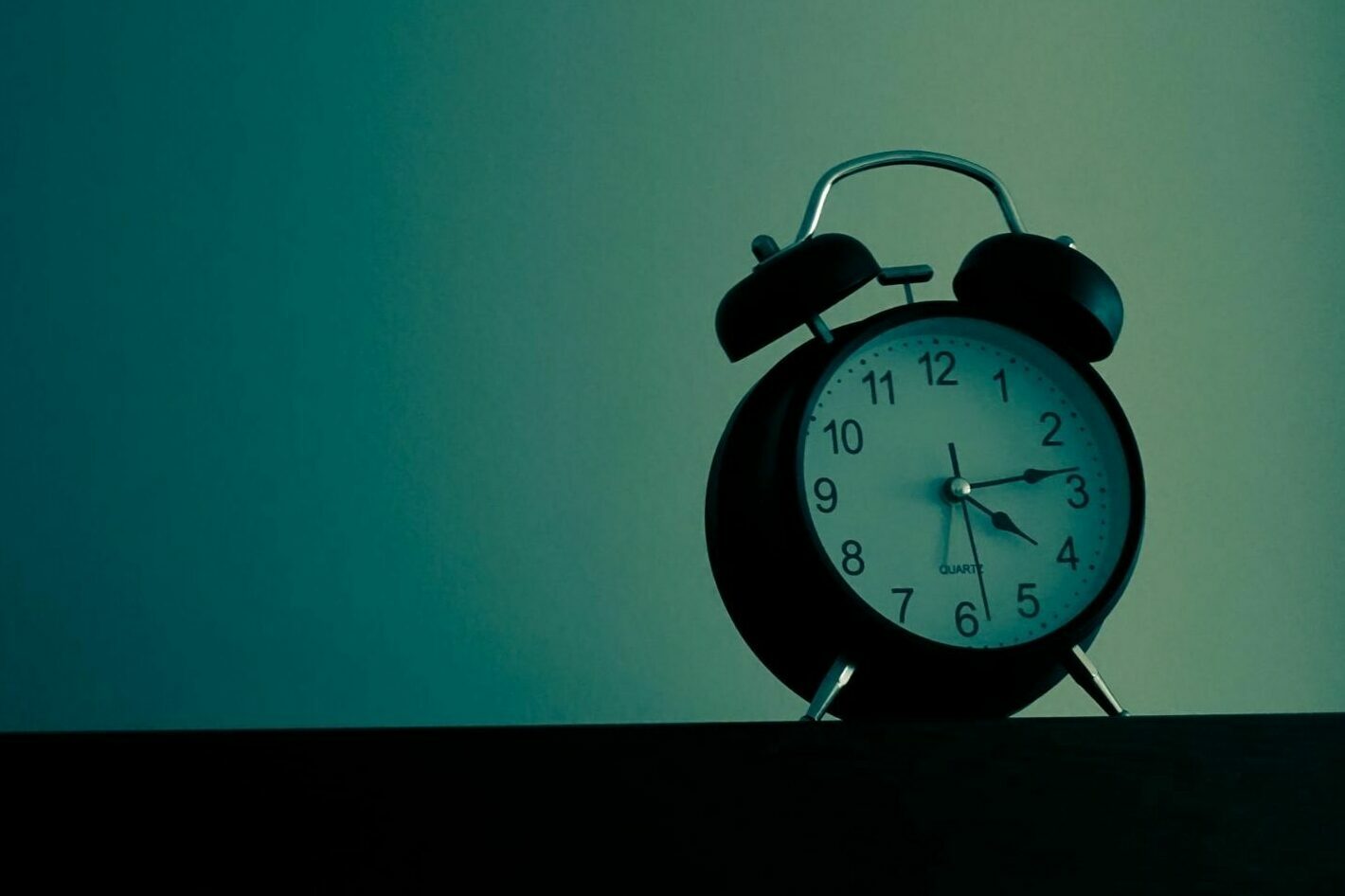Young people see pornography at a really formative age…
Pornography is influencing young people just as they’re starting to develop their understandings about sex and relationships.
There’s a lot going on for young people – school, families, friends, sport, social events and some big changes to their bodies. Young people are at a very formative age. Adolescence is a time when ideas and attitudes about all sorts of things – including gender roles, identities and relationships – are being developed. It’s also when they’re very likely to be seeing pornography…
We know that young people are accessing pornography – proactively and sometimes accidentally. That’s true for both young men and young women, but young men generally view it earlier, and much more frequently.

Young people are seeing pornography well before they have had their own sexual experiences – on average, young men see it for the first time three years before their first sexual relationship and young women two years before their first sexual relationship. That means there is a significant opportunity for pornography to influence young people’s views and attitudes at a time in their lives when they are just developing their understandings about sex and relationships.
Pornography has become a default sex educator
Perhaps most disturbingly, many young people – particularly young men – are seeking out pornography as a source of information about sex and relationships. 60% of young men and 41% of young women report doing so in the last 12 months – even though nearly half (47%) felt that pornography is not at all educational.

In many cases, young people are not deliberately accessing pornography for education, but for arousal, curiosity or entertainment. But that doesn’t prevent pornography from having an influence...
Pornography is a powerful medium for conveying messages about sexuality and relationships, as well as our roles and identities as men and women. Just as advertising, movies, video games and music videos suggest the ways we should look and act – pornography presents and shapes broader ‘social norms’.
What we see in popular media affects our attitudes and behaviours, and pornography has become a very popular form of media, that influences our beliefs about gender roles, sex and relationships in harmful and unhealthy ways.
Given pornography’s high levels of aggression – particularly aggression directed towards women – it’s hardly surprising that pornography can contribute to the development of the kinds of attitudes and beliefs that are known to drive violence against women. But the aggression in pornography, and its other problematic messages, are not always recognised…
Young people often don’t recognise pornography’s concerning messages
Young people have a mix of views and feelings about pornography, often holding conflicting views at the same time. Some young people say that pornography is entertaining or arousing, but also express concern or discomfort about what they are seeing. Some are aware of its potential for harm, or can critique some aspects of it, to some extent – but many need support to be able to critically analyse what they see in pornography.
There are also differences between the way males and females tend to react to pornography. Young women are much more likely than young men to feel negative emotions when watching or thinking about pornography – including embarrassment, disgust and degradation. Young men are far more likely than young women to experience positive emotions, including happiness, excitement and arousal.
Pornography’s messages have implications…
Young people – particularly young men – need support to think critically about pornography’s portrayal of gender roles, sexuality and relationships, and what that can mean for how women are viewed and treated in their relationships, peer groups and in society more generally.
A lack of critical analysis can have very serious consequences. For example, young women express concern about pornography’s influence on young men’s sexual understandings and expectations, and what that means for them – and their concerns appear to be well founded. There is evidence that young women are concerned about young men pressuring them to perform unwanted, degrading, painful or violating sexual acts that they have seen in pornography.
This situation clearly needs to change. Young people need support to understand that pornography’s messages are often unhealthy. We can’t afford to allow pornography to play the role of ‘sex educator’ for young people. That’s why parents have an important role to play. The time to act is now.
Help and support
If a young person needs additional help for their pornography use, they may be able to access support through a student counsellor, wellbeing coordinator, student support services or any other trusted school staff member. Their doctor will be able to help with referrals to services such as counselling and youth services.
If a young person has experienced sex that is unwanted, pressured, coerced or forced, they can get support through a sexual assault service. For a list of sexual assault services in different jurisdictions, see: respect.gov.au/services
If a young man wants to learn about engaging in more respectful relationships, they can contact MensLine Australia on 1300 78 99 78 or via mensline.org.au
If a young person has experienced online bullying, they or a parent can contact the eSafety Commissioner: esafety.gov.au/about-us/how-we-can-help
Additionally, Kids Helpline supports young people aged 5-25 with a range of issues and can be contacted on 1800 55 1800 or via kidshelpline.com.au





